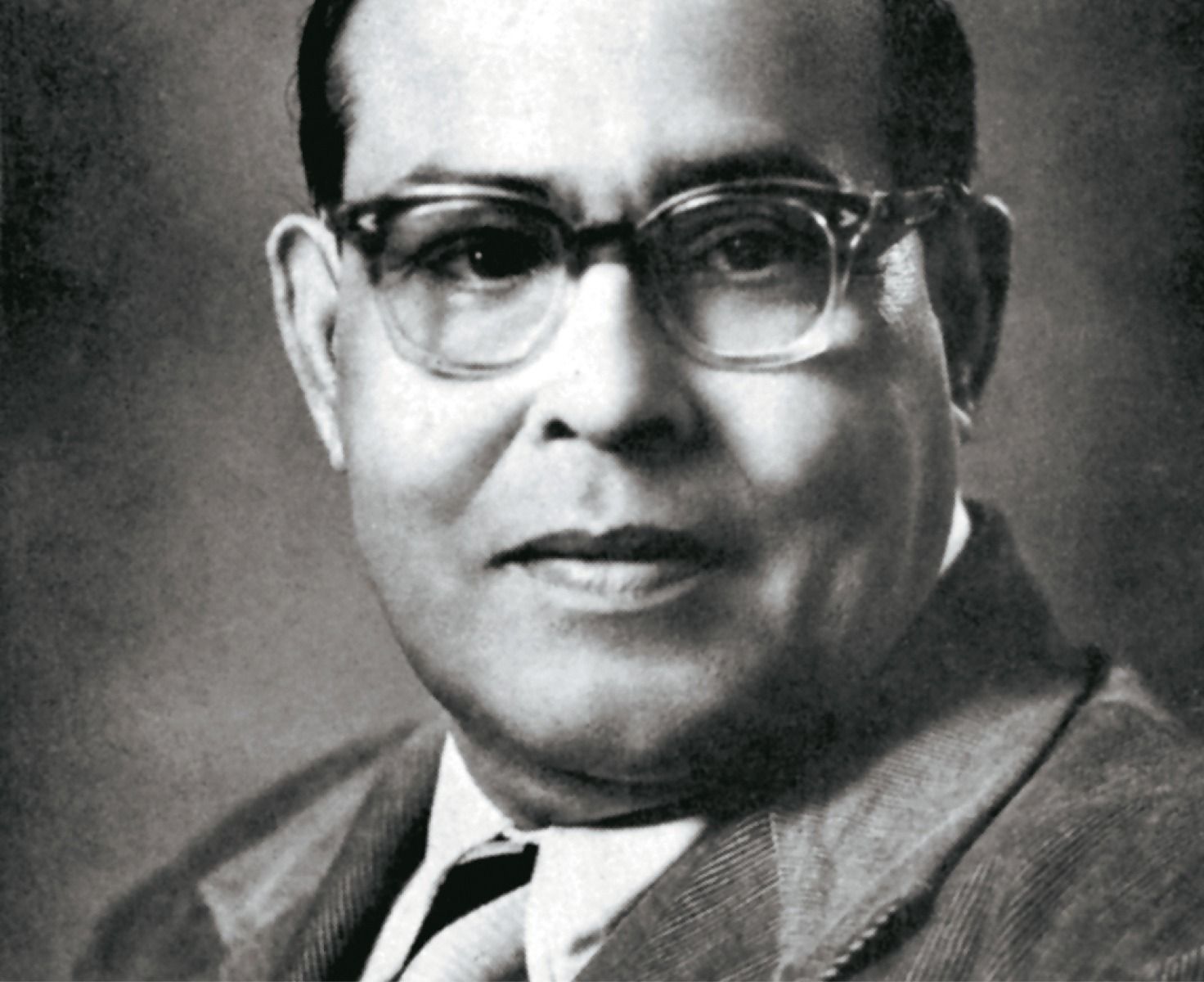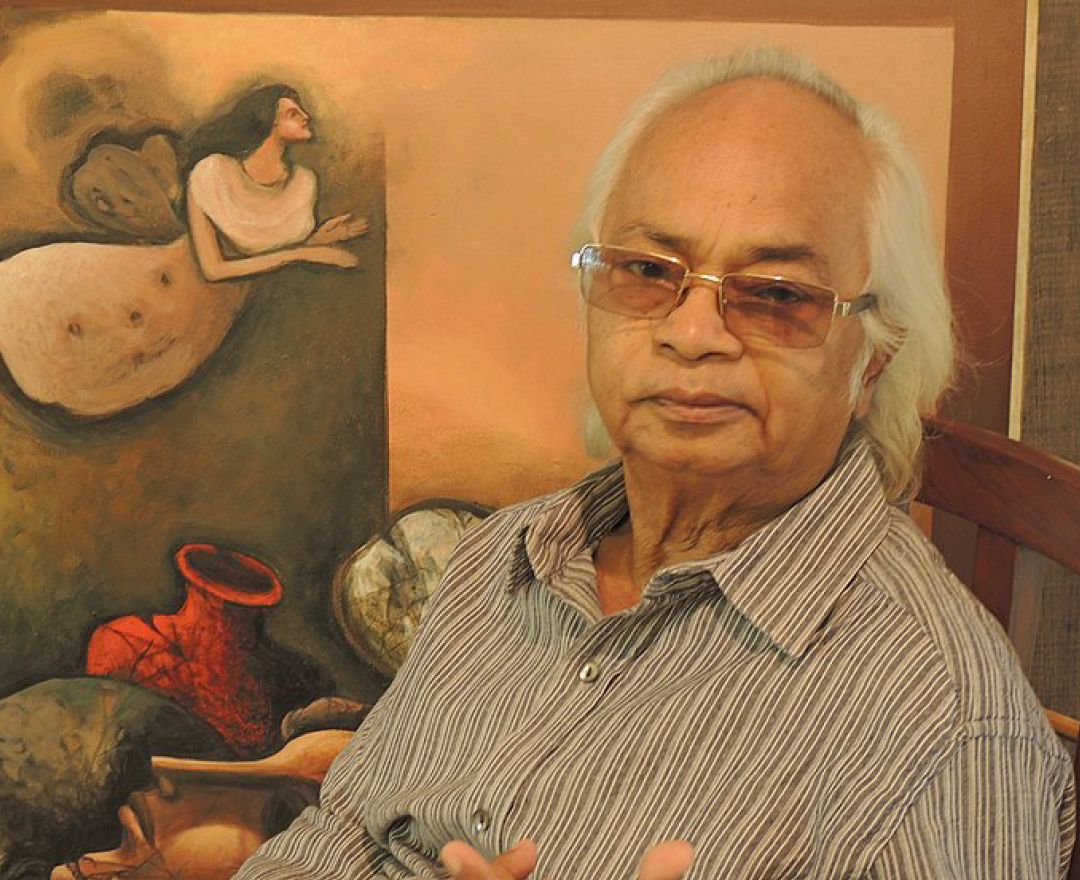Jogesh Chandra Seal
Jogesh Chandra Seal
Jogesh Chandra Seal
|
1895 - 1926 Jogesh Chandra Seal |

‘To be naked is to be oneself. To be nude is to be seen naked by others and yet not recognised for oneself’
JOHN BERGER
artworks
dag exhibitions
|
The ‘Manifestations’ series of 20th Century Indian Art, Editions V, XI |
|
DAG, New Delhi, 2011-14 |








